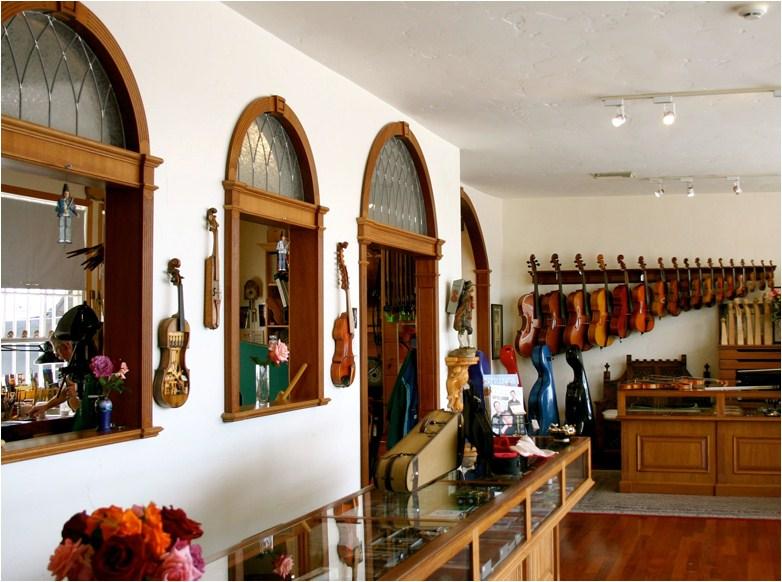There are horror stories about fine stringed instruments getting damaged. You’ve heard them. Despite meticulous care and love a musician puts into his or her instrument, it can be destroyed in an instant.
Wunderkind David Garrett was age 26 in 2008 when it happened. After the end of a concern at London’s Barbican he tripped on a wet outdoor staircase, fell – and landed on his 1772 Giovanni Guadagnini violin. It was shortly after he finished paying off the £ 1.2 million loan to purchase it. The accident, even though the violin was in its case, was catastrophic for the instrument. Garrett was uninjured.
“I felt as if I’d lost a friend,” the virtuoso told a writer for The Guardian newspaper. “The body was cracked all over. I must have sat there for 10 or 15 minutes. I didn’t shout or cry. I just stared. I was in shock. Some moments in life are almost impossible to grasp – surreal. I was in a state of disbelief.”
Garrett was in many respects fortunate. He believes the violin in its case, strapped to his back, may have prevented bodily injury. And the fine violin was insured. It took a violin shop seven-months to repair the violin at a cost of £60,000 and restored the instrument to playing condition.
Insurance works – even for student instruments
Not every violin is worth a million dollars (or Pounds Sterling, in the case of UK currency). But even if an instrumentalist invests only $500 in a violin, viola, cello, base or harp, that is money that came through someone’s hard work. Fortunately, there is a way to insure almost everything. The trick is to pay only as much as is required to prevent a complete loss resulting from a theft, accident or natural disaster.
Here are key considerations in how to insure a musical instrument:
Value of the instrument – Of course repair and replacement costs for an instrument of any value is the goal. For non-professionals, a lower-cost instrument will have a lower insurance cost. Professional instruments valued above $5,000 will of course require a better policy at a higher premium. Every instrument, every player’s circumstances and every insurer must be considered to identify instrument value and insurance cost.
Existing homeowner or renter insurance policy – Lower-value instruments may well fall under a home/renter’s policy. But some only cover the instrument in the home, or for damage due to theft or fire but not floods and earthquakes. Theft from a car might be treated differently than from the home. Ask your insurance agent.
Travel? – Boarding planes, passing through immigration, staying in hotels and playing in unfamiliar concert halls can bring different risks to the instrument. Insurers will want to know about this in order to write an appropriate policy.
Larger instruments cost more – That fine cello is larger, easier to bump into, subject to different conditions while traveling, and doesn’t accompany the player into every room the way a prized violin might. This adds to overall vulnerability as well as to insurance premiums.
There are several different insurance companies that specialize in musical instruments (ValuePenguin, Heritage, Harmonia, Clarion, Anderson, Merz-Huber, and others). But household-name companies (Allstate, Farmers, Liberty Mutual, etc.) offer policies as well.
In case you think Garrett’s experience was isolated, think again. Cellist Peter Stumpf simply left his Stradivarius cello on his front doorstep after performing with the Los Angeles Philharmonic. It was stolen, damaged, dumped, then found by a nurse whose boyfriend offered to use his carpentry skills to fashion it into a CD rack (this was in 2004). The $3.5 million instrument made the news, so fortunately the nurse and her boyfriend became aware of it’s value and returned the instrument to Stumpf. The cello needed repairs – fortunately, a luthier was able to restore it to fine condition.













No Comments